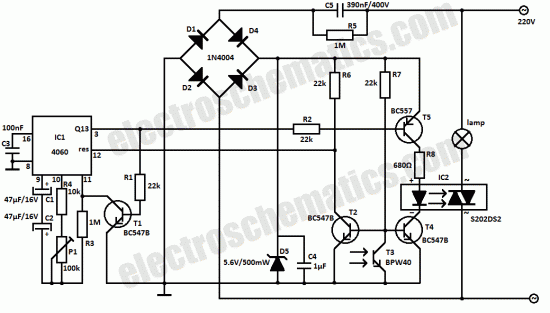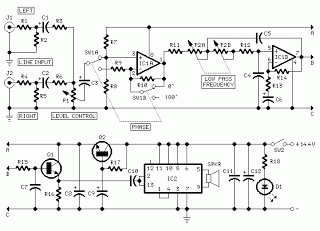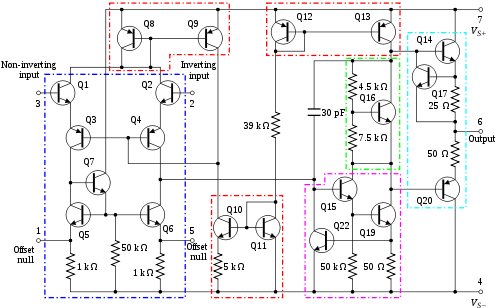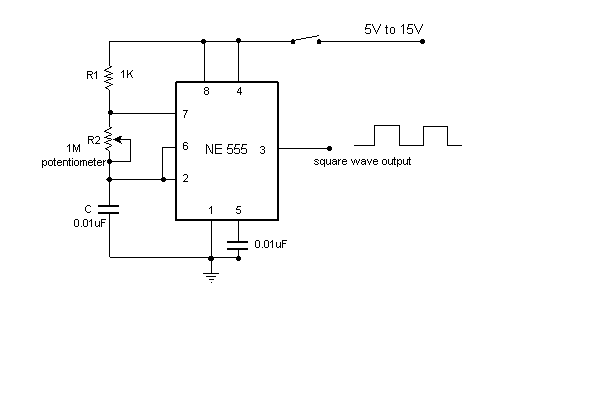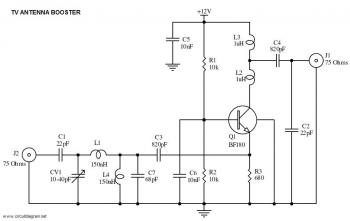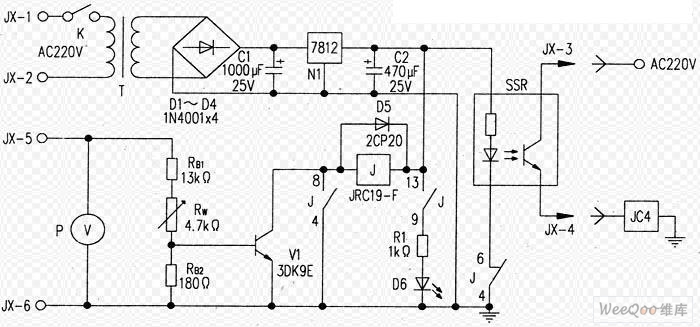
Lithium Ion charger circuit using LM3632
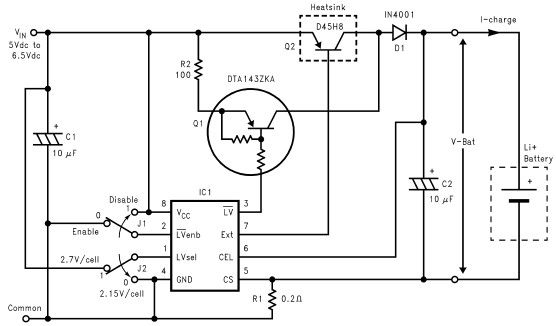
Lithium-ion charger circuit design electronic project using LM3632 controller.
The lithium-ion charger circuit utilizing the LM3632 controller is designed to efficiently charge lithium-ion batteries while ensuring safety and longevity. The LM3632 is a highly integrated, step-down linear charger specifically tailored for lithium-ion batteries, offering features such as constant current and constant voltage regulation.
The circuit typically includes the LM3632 IC, which manages the charging process by providing a constant current to the battery until it reaches a preset voltage level. Upon reaching this voltage, the controller switches to constant voltage mode, maintaining the battery voltage while gradually reducing the charging current to prevent overcharging.
Key components of the circuit include input and output capacitors that stabilize voltage levels, a sense resistor that monitors the charging current, and a feedback network that ensures the output voltage remains within the specified range. Additionally, protection features such as thermal shutdown and overcurrent protection are integrated to enhance safety during operation.
The charger circuit may also incorporate LED indicators to signal the charging status, providing visual feedback to the user. The design should take into account the thermal management of the LM3632, as it may require a heatsink depending on the charging current and ambient conditions.
Overall, the LM3632-based lithium-ion charger circuit is an effective solution for charging lithium-ion batteries, balancing efficiency, safety, and user-friendliness in electronic projects.Lithium Ion charger circuit design electronic project using LM3632 controller. 🔗 External reference
The lithium-ion charger circuit utilizing the LM3632 controller is designed to efficiently charge lithium-ion batteries while ensuring safety and longevity. The LM3632 is a highly integrated, step-down linear charger specifically tailored for lithium-ion batteries, offering features such as constant current and constant voltage regulation.
The circuit typically includes the LM3632 IC, which manages the charging process by providing a constant current to the battery until it reaches a preset voltage level. Upon reaching this voltage, the controller switches to constant voltage mode, maintaining the battery voltage while gradually reducing the charging current to prevent overcharging.
Key components of the circuit include input and output capacitors that stabilize voltage levels, a sense resistor that monitors the charging current, and a feedback network that ensures the output voltage remains within the specified range. Additionally, protection features such as thermal shutdown and overcurrent protection are integrated to enhance safety during operation.
The charger circuit may also incorporate LED indicators to signal the charging status, providing visual feedback to the user. The design should take into account the thermal management of the LM3632, as it may require a heatsink depending on the charging current and ambient conditions.
Overall, the LM3632-based lithium-ion charger circuit is an effective solution for charging lithium-ion batteries, balancing efficiency, safety, and user-friendliness in electronic projects.Lithium Ion charger circuit design electronic project using LM3632 controller. 🔗 External reference
